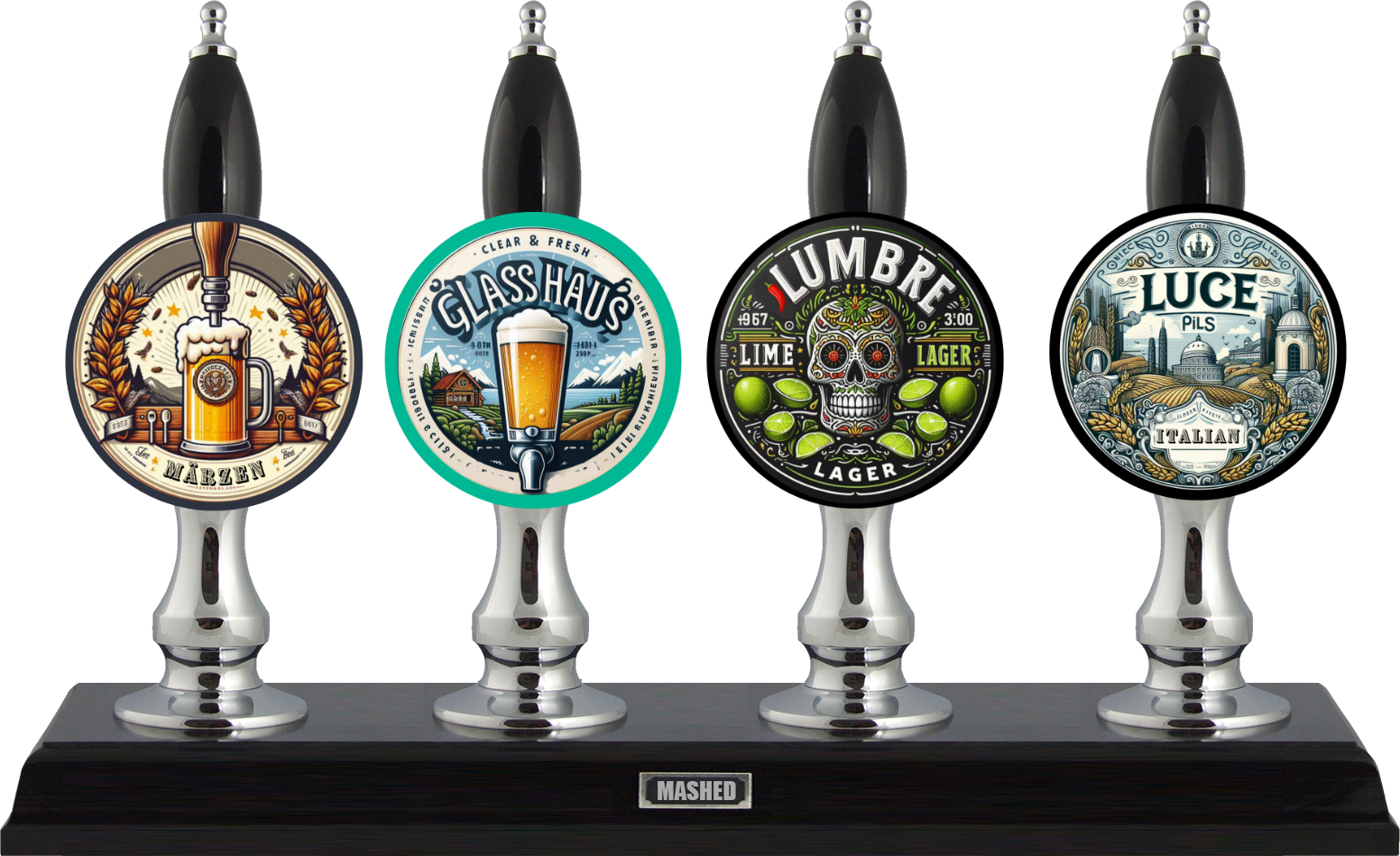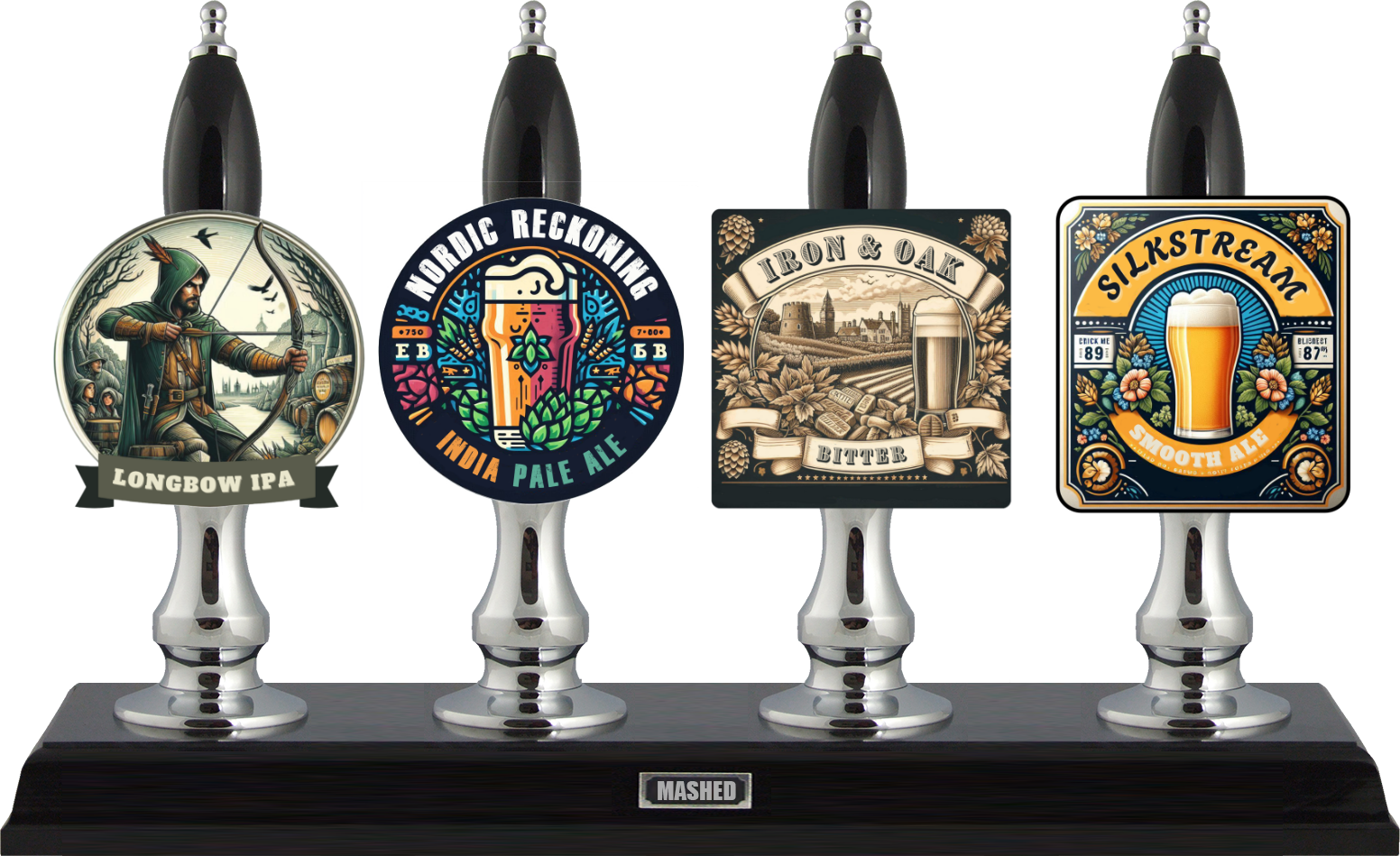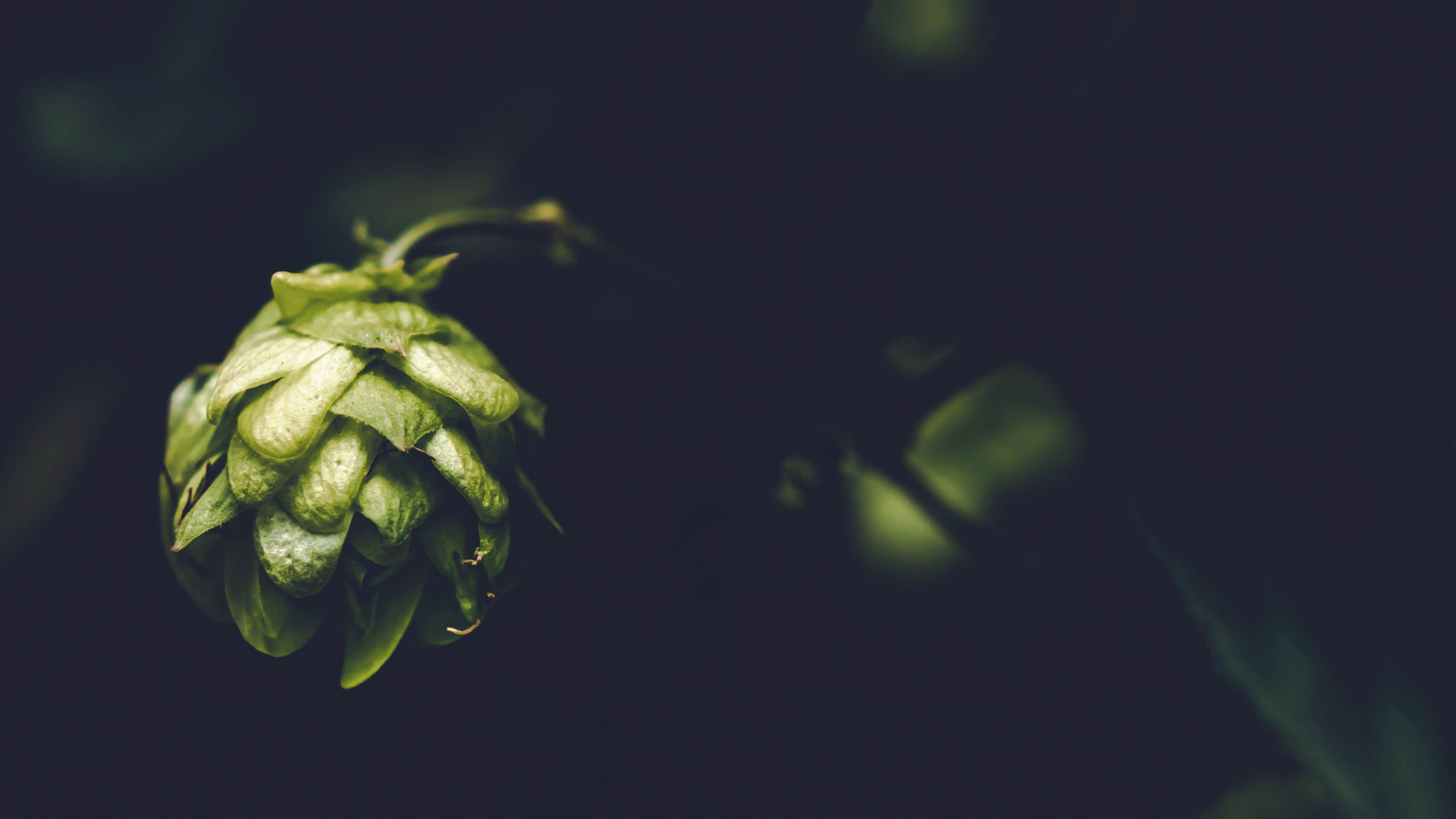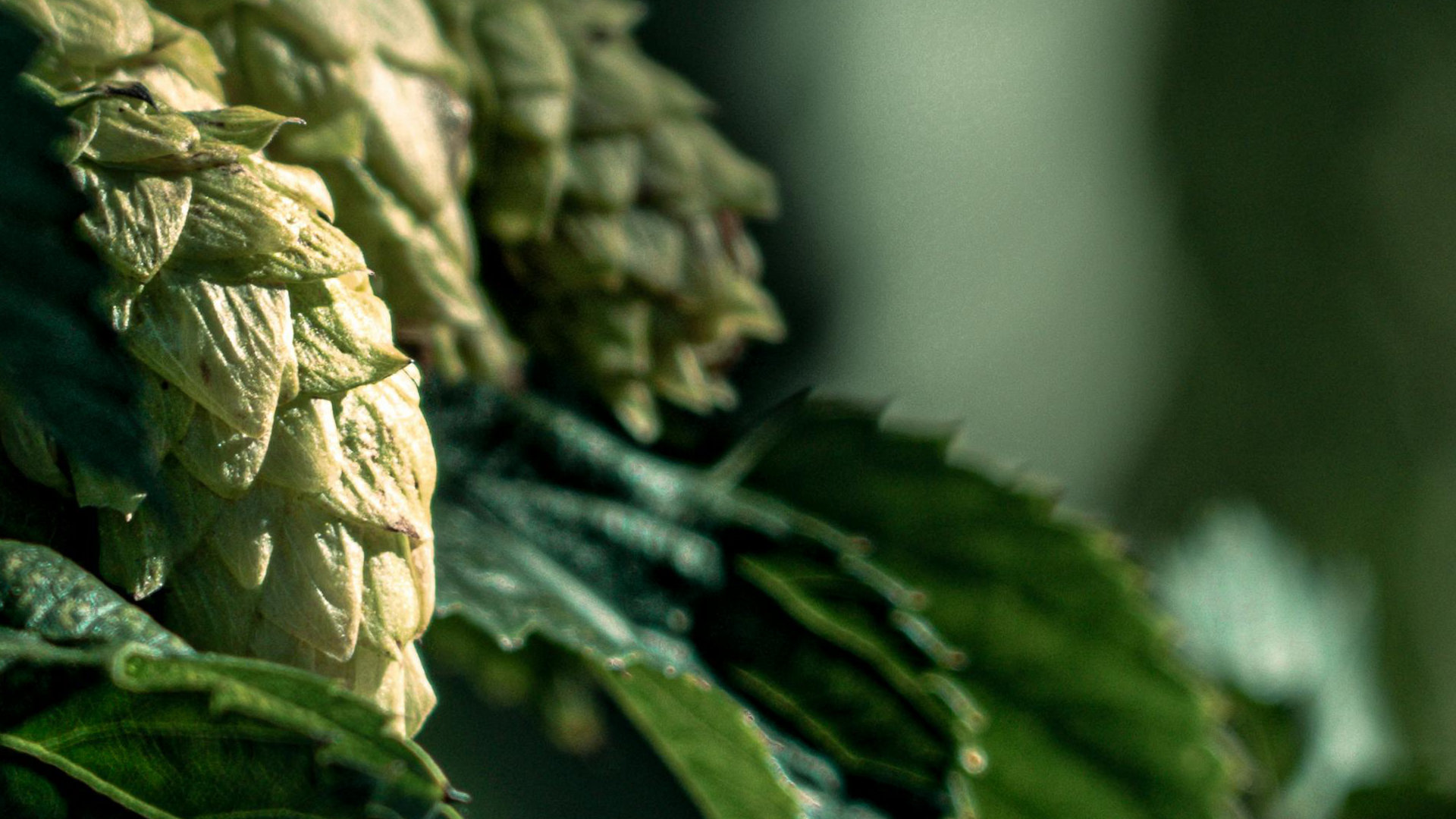As we enter into spring, we thought it the ideal time to think about what we can plant, forage and harvest over the coming months to use for wine and beer making or for infusing in spirits. Recipes for these suggestions are easy to find online or in winemaking and homebrewing books.
FORAGING & HARVESTING
Gorse flowers -Â I love walking past gorse bushes on a warm, sunny day, taking in deep sniffs of the coconut scent. The delicate coconut and melon aromas of these bright yellow flowers make them ideal for both wine and beer or to infuse in white rum. You might need some rubber gloves to harvest the flowers as gorse is a prickly beast! Gorse flowers are out from January until June, though April and May are when they are at their peak.
Nettles - You can make both nettle wine and beer from this prolific plant. Again, rubber gloves are an essential bit of kit when picking. Spring is the best time to pick nettles, though if you’re a bit later make sure you pick them before they start to flower. As well as being free and abundant, nettle plants are really nutritious. One of my foraging favourites!Â
Elderflower - These beautifully scented flowers appear in our hedgerows from late May to mid-June. They can be made into a delicate Champagne. Or make a cordial to add a botanical twist to sparkling wine and cocktails. You can also infuse elderflowers in gin. Place 8 or so elderflower heads in 500ml gin, add a tablespoon of sugar and some lemon peel. Leave for 24 hours in a cool dark place, then strain and enjoy within one month. When foraging, only pick as many elderflowers as you need: remember, the more you pick now means the less elderberries there’ll be in late summer/early autumn for your elderberry wine and for our wild birds to feast on!Â
Rhubarb - Gareth and I can’t stop talking about how delicious rhubarb Champagne is. So I won’t bore you too much. What I will say is, give this one a go, it’s beautiful. Rhubarb is easy to get hold of from an allotment (or even a greengrocer) without the foraging risks of pricked fingers. Harvest your rhubarb between April / May (early varieties can be picked from March / April) to mid-summer. Don’t overpick rhubarb after June so you don’t weaken your plant. Gareth shared his recipe for rhubarb Champagne in issue 16. Check it out!
Spruce tips - Spring is the time to look for fresh green shoots on spruce trees. These citrusy tips can be used to make a spruce beer or turn them into a syrup to use in cocktails.
Tip: you can freeze the tips if you’re not planning a brew day soon after you pick them. (Be 100% sure you’re not picking from the yew tree - it can look similar but is toxic!). See issue 7 for a recipe for Spruce Ale.
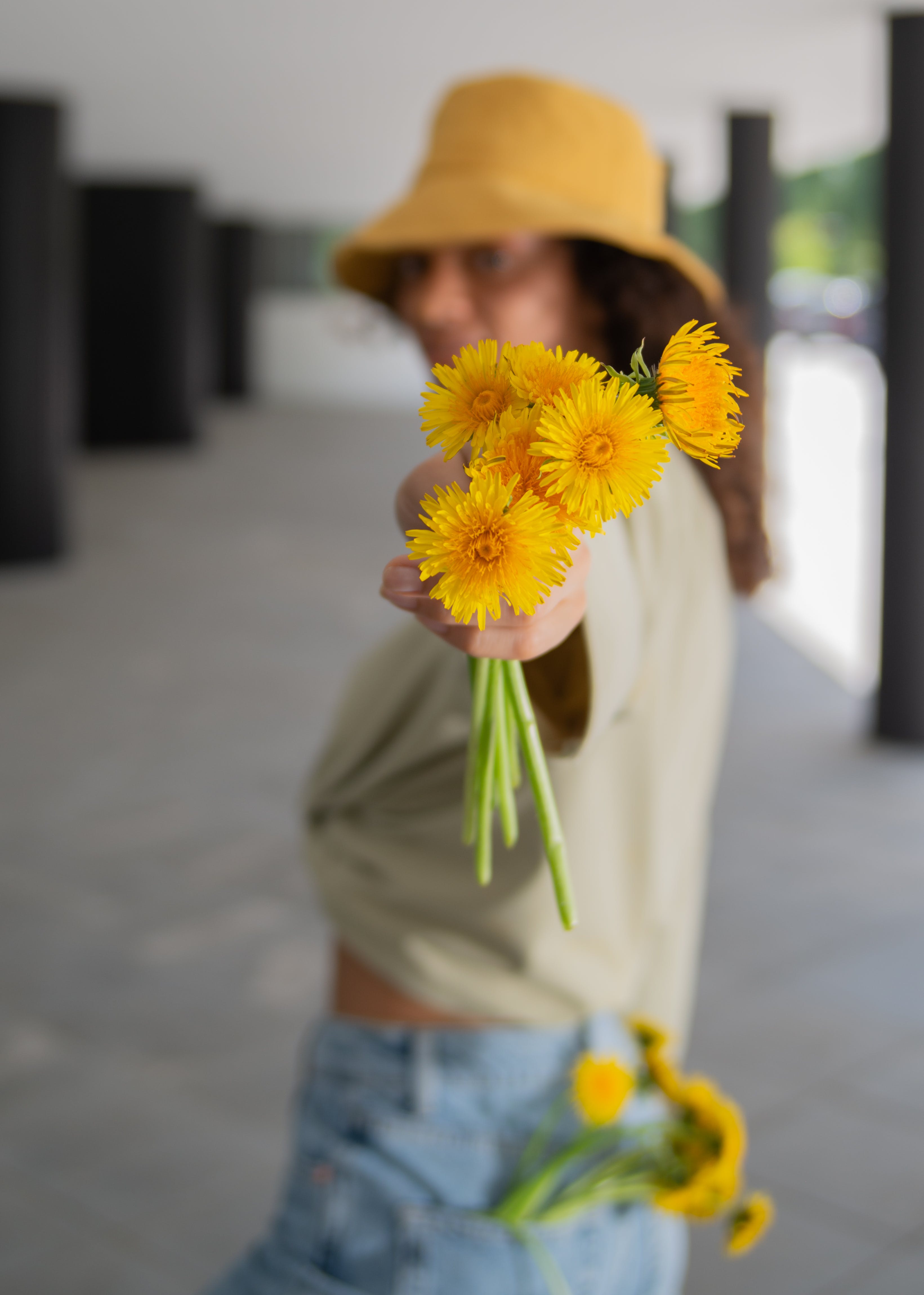
Dandelion - Sunny little dandelion flowers might be the bane of someone who is after the perfect green lawn, but to many of us they foraging gems! They are most abundant between the end of March and May, and can be used to make wine and to garnish cocktails. The bitter leaves are ideal for making gruit (or adding to salad). The roots can be roasted and ground and used as a coffee alternative, or used together with dandelion flowers to infuse gin. Or use just the flowers, together with sugar and lemon peel, to infuse in vodka for a dandelion liqueur.
Seaweed - Did you know you can make beer with seaweed? MASHED friend Seagate Brewery on Isle of Arran uses sugar kelp in their Rise Above 80/- Ale, added to the mash. The best time to harvest the majority of seaweeds is January to May. Look up foraging advice for seaweed before you harvest.
NOW IS THE TIME TO PLANT...
Hops - Early spring is the ideal time for planting hop rhizomes and plants, though you probably won’t get a decent harvest for a few years. But start now and you’ll thank your past self when you’re brewing your green hop beer one day! See issue 11 for our guide on growing hops in your garden or allotment.
Rhubarb - containerised rhubarb can be planted year round, but spring or autumn are best. Bare root crowns can be planted up to early spring, though best in November or December. Got a friend with a large, mature rhubarb plant? They can be divided every five years or so; though ideally done in November, up to early spring is fine.
Herbs and botanicals Â
Now’s the time to think ahead to see if there are any interesting brews, wines or infused spirits you would like to make with herbs from your garden. Last issue (#18), for example, we shared a recipe for Heather Ale. Have you got space in your window boxes or borders to get some heather planted this spring?
.jpg)
FORAGING TIPS
When you’re gathering plants, berries, roots etc. from the wild, do make sure that you’re doing so safely, responsibly and legally. Arm yourself with a reputable foraging book or app and be 100% sure that you’re picking the right plant. Many plants look so similar to the untrained eye and can be toxic or even lethal.Â
Please don’t ravage the hedgerows - leave something for the wildlife to eat. Forage carefully so you don’t damage the plant or the surrounding plants. Don’t strip a single plant bare - they need seeds and spores to reproduce into the next generation. Also, check that you’re not picking protected species or within protected areas. And be mindful that some plants like nettles and dandelions might have been sprayed with weed killer, so be careful where you’re picking them. It’s also best to pick above dog-pee-height!
We would love to see any drinks and brews you make from your harvested plants and berries!Â
Tag us on social media:Â
@darkfarmhops



.jpg)


